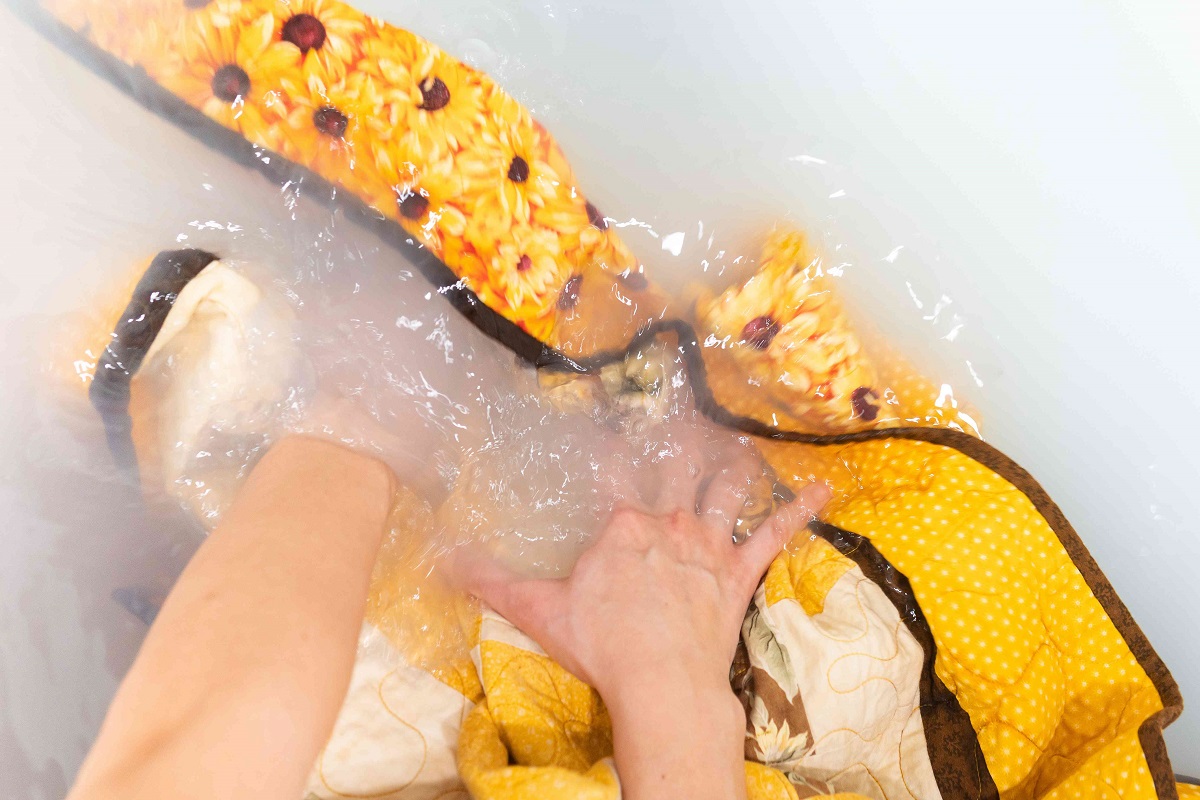

Articles
How To Wash A Quilt Comforter
Modified: April 22, 2024
Learn how to properly wash your quilt comforter with our informative articles. Discover the best techniques and tips for achieving a clean and fresh quilt comforter.
(Many of the links in this article redirect to a specific reviewed product. Your purchase of these products through affiliate links helps to generate commission for Storables.com, at no extra cost. Learn more)
Introduction
Washing a quilt comforter can be a daunting task, especially if you’re unsure of the proper methods. Quilt comforters are often filled with delicate materials like down or wool, making it essential to handle them with care to avoid damaging the fabric or losing their loftiness. Whether your quilt comforter has become stained, needs a refresh, or simply requires regular cleaning, this article will guide you through the step-by-step process of washing it.
Before you begin, it’s crucial to evaluate the quilt comforter’s condition. Take note of any stains, tears, or loose stitching that may require repair before washing. Additionally, check the care instructions provided by the manufacturer as some quilt comforters may require specific cleaning techniques.
In this article, we will explore different washing methods, including hand-washing and machine-washing. We’ll also discuss how to dry and finish the quilt comforter to ensure it retains its original quality. So, grab your quilts and let’s dive into the world of quilt comforter washing!
Key Takeaways:
- Properly assess your quilt comforter’s condition and choose the appropriate washing method based on its fabric and filling materials. Follow the step-by-step guide to ensure effective cleaning while preserving its quality and longevity.
- After washing and drying, add finishing touches by fluffing, inspecting for repairs, and spot cleaning if necessary. Embrace the task of washing your quilt comforter to enjoy a clean, fresh, and cozy experience night after night.
Step 1: Assess the Quilt Comforter
The first step in washing a quilt comforter is to thoroughly assess its condition. This is important because it allows you to identify any specific areas that may require special attention during the cleaning process. Here’s what you need to do:
- Examine the fabric: Carefully inspect the quilt comforter for any visible stains, tears, or loose threads. Make a note of these areas so that you can address them before proceeding with the washing.
- Read the care instructions: Check the manufacturer’s label or any accompanying documentation to understand the recommended cleaning methods for your quilt comforter. Different fabrics and filling materials may require specific care instructions, such as temperature limitations or dry cleaning recommendations.
- Consider the quilt comforter’s age: Older quilt comforters or family heirlooms may require extra caution during the washing process. If you’re unsure about the age or fragility of the quilt comforter, it’s best to consult with a professional before proceeding.
- Identify any special treatments: If the quilt comforter has embroidery, beading, or other embellishments, take note of these areas as they may require special treatment during washing to prevent damage.
By thoroughly assessing the quilt comforter, you’ll have a better understanding of its overall condition and can proceed with the appropriate cleaning method and necessary repairs.
Step 2: Prepare for Washing
Before you begin the actual washing process, it’s crucial to properly prepare the quilt comforter and gather all the necessary materials. This step will help ensure a smooth and effective cleaning process. Here’s what you need to do:
- Select a suitable washing location: Choose a location that can accommodate the size of the quilt comforter and allows for easy access to water and detergent. If you plan to hand wash the quilt comforter, a bathtub or large sink can work well. For machine washing, make sure your washing machine has sufficient capacity to accommodate the quilt comforter.
- Clear the area: Remove any items that may obstruct the washing process, such as towels or other laundry items. Clearing the area will provide you with ample space to handle and maneuver the quilt comforter during washing.
- Gather the necessary materials: Ensure that you have all the materials needed for washing the quilt comforter. This typically includes a mild detergent suitable for delicate fabrics, stain remover (if applicable), a soft-bristle brush or sponge, and a fabric repair kit if you need to address any tears or loose threads.
- Pre-treat stains if necessary: If you have identified any stains on the quilt comforter during the assessment process, consider pre-treating them before washing. Follow the instructions on your chosen stain remover and apply it directly to the affected areas. Allow it to sit for the recommended duration, which is usually a few minutes, before proceeding with the washing process.
- Check the water temperature: Depending on the fabric and filling material of your quilt comforter, you may need to adjust the water temperature accordingly. Some fabrics may require cold water, while others can handle warm or hot water. Refer to the manufacturer’s care instructions or the quilt comforter’s label for guidance on the appropriate water temperature.
By properly preparing for the washing process, you’ll be equipped with the necessary tools and knowledge to effectively clean your quilt comforter while minimizing the risk of damage to the fabric or filling material.
Step 3: Choose the Right Washing Method
Once you’ve assessed the quilt comforter and prepared for the washing process, it’s time to choose the appropriate washing method. The method you select will depend on the quilt comforter’s fabric, filling material, and any specific care instructions provided by the manufacturer. Here are a few options to consider:
- Hand-washing: Hand-washing is typically the preferred method for delicate quilt comforters or those with intricate detailing. To hand-wash your quilt comforter:
- Fill a bathtub or large sink with lukewarm water.
- Add a small amount of mild detergent and gently mix it in the water.
- Place the quilt comforter in the water and gently agitate it to ensure all areas are submerged.
- Use a soft-bristle brush or sponge to gently clean any stained or soiled areas.
- Drain the soapy water and refill the tub or sink with clean water for rinsing. Rinse the quilt comforter thoroughly to remove all detergent residue.
- After rinsing, gently press out excess water, being careful not to wring or twist the quilt comforter.
- Hang the quilt comforter to dry, making sure it is evenly supported and not stretched or compressed.
- Machine-washing: Machine-washing is suitable for quilt comforters made of sturdy materials that can handle the agitation of a washing machine. To machine-wash your quilt comforter:
- Place the quilt comforter in a large washing machine that can accommodate its size.
- Use a delicate or gentle cycle with cold or lukewarm water. Avoid using hot water, as it can damage certain fabrics and fillings.
- Add a small amount of mild detergent specifically formulated for delicate fabrics.
- Start the washing cycle and allow the machine to complete the process.
- Once the cycle is finished, remove the quilt comforter from the machine.
- Professional cleaning: If you are unsure about the appropriate washing method for your quilt comforter or if it has special care requirements, it’s best to seek professional cleaning services. Professional cleaners have the expertise and equipment to handle delicate quilt comforters and ensure they receive the proper care.
Consider the fabric, filling material, and any specific care instructions when choosing the washing method for your quilt comforter. This will help maintain its quality and prolong its lifespan.
Step 4: Hand-Washing the Quilt Comforter
If you’ve determined that hand-washing is the best method for your quilt comforter, follow these steps to ensure a successful and effective cleaning process:
- Fill a bathtub or large sink with lukewarm water. Make sure there is enough water to fully submerge the quilt comforter.
- Add a small amount of mild detergent specifically formulated for delicate fabrics. Avoid using bleach or harsh detergents, as they can damage the fabric or filling of the quilt comforter.
- Gently mix the detergent into the water to create a soapy solution.
- Place the quilt comforter into the water and gently agitate it to ensure that all areas are soaked and exposed to the detergent. Take care not to scrub or rub the quilt comforter aggressively, as this can cause damage.
- If there are any stained or soiled areas on the quilt comforter, use a soft-bristle brush or sponge to gently clean them. Dip the brush or sponge into the soapy water and apply gentle pressure to lift the stains. Avoid excessive scrubbing, as it can weaken the fabric.
- Once the quilt comforter is clean, drain the soapy water from the tub or sink.
- Refill the tub or sink with clean water for rinsing. Rinse the quilt comforter thoroughly to remove all traces of detergent. Repeat this step if necessary.
- Gently squeeze out excess water from the quilt comforter. Avoid wringing or twisting it, as this can distort the shape and damage the fabric.
- Hang the quilt comforter to dry in a well-ventilated area. It’s important to hang it evenly to prevent stretching or sagging. Avoid direct sunlight or high heat, as it can fade the colors or cause shrinkage.
- Periodically check on the quilt comforter while it’s drying and adjust its position to ensure even airflow and drying.
- Once the quilt comforter is completely dry, gently fluff and shake it to restore its loftiness. Inspect the quilt comforter for any damp spots or lingering odors before storing or placing it back on the bed.
By following these steps, you’ll be able to hand-wash your quilt comforter effectively, removing dirt and stains while preserving its integrity and ensuring its longevity.
When washing a quilt comforter, use a gentle cycle with mild detergent. Avoid using hot water and opt for a low heat setting when drying to prevent damage to the fabric and filling.
Step 5: Machine-Washing the Quilt Comforter
If you’ve determined that machine-washing is the appropriate method for your quilt comforter, follow these steps to ensure a successful and thorough cleaning:
- Place the quilt comforter in a large capacity washing machine. Make sure there is enough room for the quilt comforter to move freely and be fully submerged in water.
- Set the washing machine to a delicate or gentle cycle. This setting will minimize agitation and reduce the risk of damaging the quilt comforter.
- Use cold or lukewarm water for the washing cycle. Hot water can cause shrinkage or damage certain fabrics and fillings.
- Add a small amount of mild detergent specifically designed for delicate fabrics. Avoid using bleach or harsh detergents, as they can cause discoloration or damage the quilt comforter.
- Start the machine and allow the cycle to complete.
- Once the washing cycle is finished, remove the quilt comforter from the machine.
- Inspect the quilt comforter for any remaining stains or soiled areas. If necessary, spot clean them using a gentle stain remover and a soft brush or sponge.
- To rinse the quilt comforter, run it through an extra cycle with cold water. This will help remove any detergent residue.
- Gently press out excess water from the quilt comforter. Avoid wringing or twisting it, as this can damage the fabric and filling.
- Hang the quilt comforter to dry in a well-ventilated area. Ensure that it is evenly supported to prevent stretching or sagging.
- Avoid exposing the quilt comforter to direct sunlight or high heat, as it can cause fading or shrinkage.
- Periodically check on the quilt comforter while it’s drying and adjust its position to ensure even airflow and drying.
- Once the quilt comforter is completely dry, gently fluff and shake it to restore its loftiness. Inspect the quilt comforter for any damp spots or lingering odors before storing or placing it back on the bed.
By following these steps, you’ll be able to machine-wash your quilt comforter effectively, removing dirt and stains while keeping its fabric and filling in good condition.
Step 6: Drying the Quilt Comforter
Properly drying your quilt comforter is essential to ensure that it retains its shape, fluffiness, and overall quality. Follow these steps to effectively dry your quilt comforter:
- After washing, gently squeeze out excess water from the quilt comforter. Avoid wringing or twisting it, as this can damage the fabric and filling.
- Spread out a clean, flat surface, such as a clean bedsheet or large table, to lay the quilt comforter on for drying.
- Place the damp quilt comforter on the flat surface, ensuring that it is evenly spread out without any wrinkles or folded areas.
- Avoid direct sunlight or high heat sources, as they can cause fading, shrinking, or damage to the fabric. Instead, choose a well-ventilated area away from direct sunlight.
- Gently fluff the quilt comforter by lifting and shaking it occasionally during the drying process. This helps maintain its loftiness and prevents the filling from clumping together.
- Allow the quilt comforter to air dry completely. The drying process may take several hours or even a day, depending on the thickness and filling of the quilt comforter.
- For quicker drying, you can use a fan or open windows to facilitate air circulation in the drying area.
- Optional: If you notice any damp spots after the quilt comforter has dried, you can spot clean them using a clean cloth and a gentle stain remover. Allow the area to dry thoroughly before storing or using the quilt comforter.
- Once the quilt comforter is completely dry, gently fluff it again to restore its volume and softness.
It’s essential to ensure that the quilt comforter is fully dry before storing or using it to prevent the growth of mold or mildew. Following these steps will help maintain the quality and longevity of your quilt comforter.
Step 7: Finishing Touches
After washing and drying your quilt comforter, there are a few final steps you can take to add some finishing touches and ensure that it’s ready for use:
- Gently shake and fluff the quilt comforter to distribute the filling evenly and restore its loftiness. This helps the quilt comforter regain its original shape and provides maximum comfort.
- Inspect the quilt comforter for any loose threads or stitching. If you notice any, use a fabric repair kit to fix them or consider taking it to a professional for repair.
- After checking for any damages, give the quilt comforter a final inspection for any remaining stains or odors. If necessary, spot clean the affected areas using a gentle stain remover and a soft cloth.
- Allow the quilt comforter to air out in a well-ventilated area for a little while before putting it back on the bed. This helps remove any residual odors and ensures a fresh and clean scent.
- Consider using a duvet cover or quilt cover to protect your quilt comforter and make it easier to clean in the future. A cover can also add a decorative touch to your bedding ensemble.
- Finally, place the clean and fresh quilt comforter back on your bed, fluffing it up and arranging it neatly. Enjoy the comfort and coziness it provides.
By paying attention to these finishing touches, you’ll ensure that your quilt comforter is in excellent condition and ready to provide you with warmth and comfort.
Remember, regular cleaning and maintenance of your quilt comforter will help extend its lifespan and keep it looking and feeling its best. Follow these steps whenever your quilt comforter needs a refresh or as part of your regular cleaning routine.
Conclusion
Washing your quilt comforter doesn’t have to be an intimidating task. By following the steps outlined in this guide, you can effectively clean your quilt comforter while maintaining its quality and longevity.
Begin by assessing the quilt comforter’s condition and reviewing any specific care instructions provided by the manufacturer. This will help you identify any repairs or special treatments needed before washing.
Next, prepare for washing by selecting a suitable location, clearing the area, and gathering the necessary materials. Pre-treat any stains if necessary, and ensure you have the appropriate water temperature for the fabric and filling materials.
Choose the right washing method based on the quilt comforter’s characteristics. Hand-washing is suitable for delicate quilt comforters, while machine-washing can be used for sturdier ones. Professional cleaning is also an option if you’re unsure or the quilt comforter requires specialized care.
Follow the appropriate washing method step-by-step, whether it’s hand-washing or machine-washing, ensuring you use mild detergent and rinse thoroughly to remove any residue. Gently press out excess water and properly dry the quilt comforter, avoiding direct sunlight or high heat sources.
Finish the process by fluffing the quilt comforter, inspecting for any repairs, spot cleaning if necessary, and finally, placing it back on your bed for ultimate comfort and coziness.
Regularly cleaning your quilt comforter not only keeps it fresh and hygienic but also helps maintain its loftiness and extends its lifespan. Remember to follow the care instructions provided by the manufacturer and take the necessary precautions to ensure the best results.
So, embrace the task of washing your quilt comforter, knowing that with proper care and attention, you can enjoy a clean, fresh, and cozy experience night after night.
Frequently Asked Questions about How To Wash A Quilt Comforter
Was this page helpful?
At Storables.com, we guarantee accurate and reliable information. Our content, validated by Expert Board Contributors, is crafted following stringent Editorial Policies. We're committed to providing you with well-researched, expert-backed insights for all your informational needs.
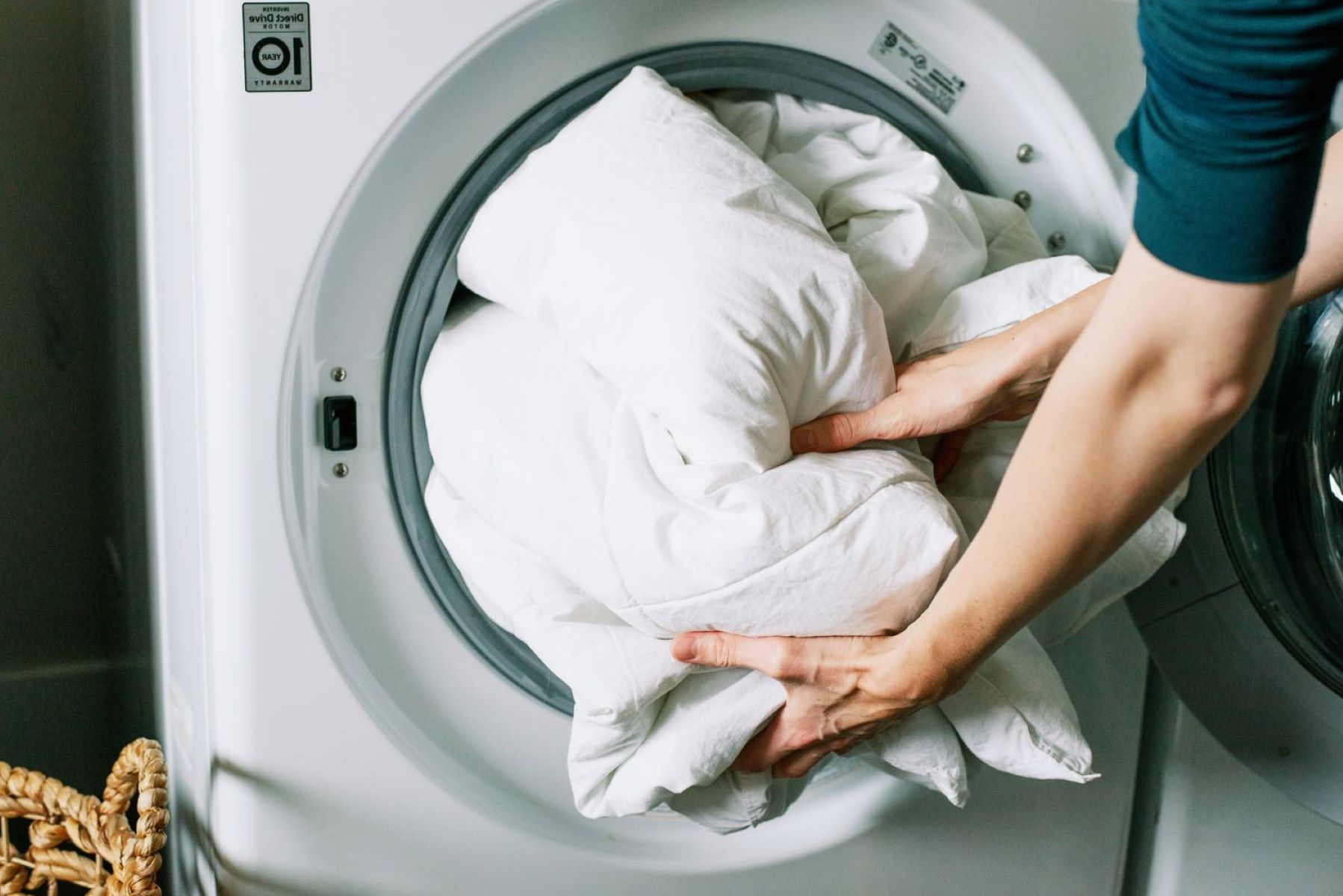


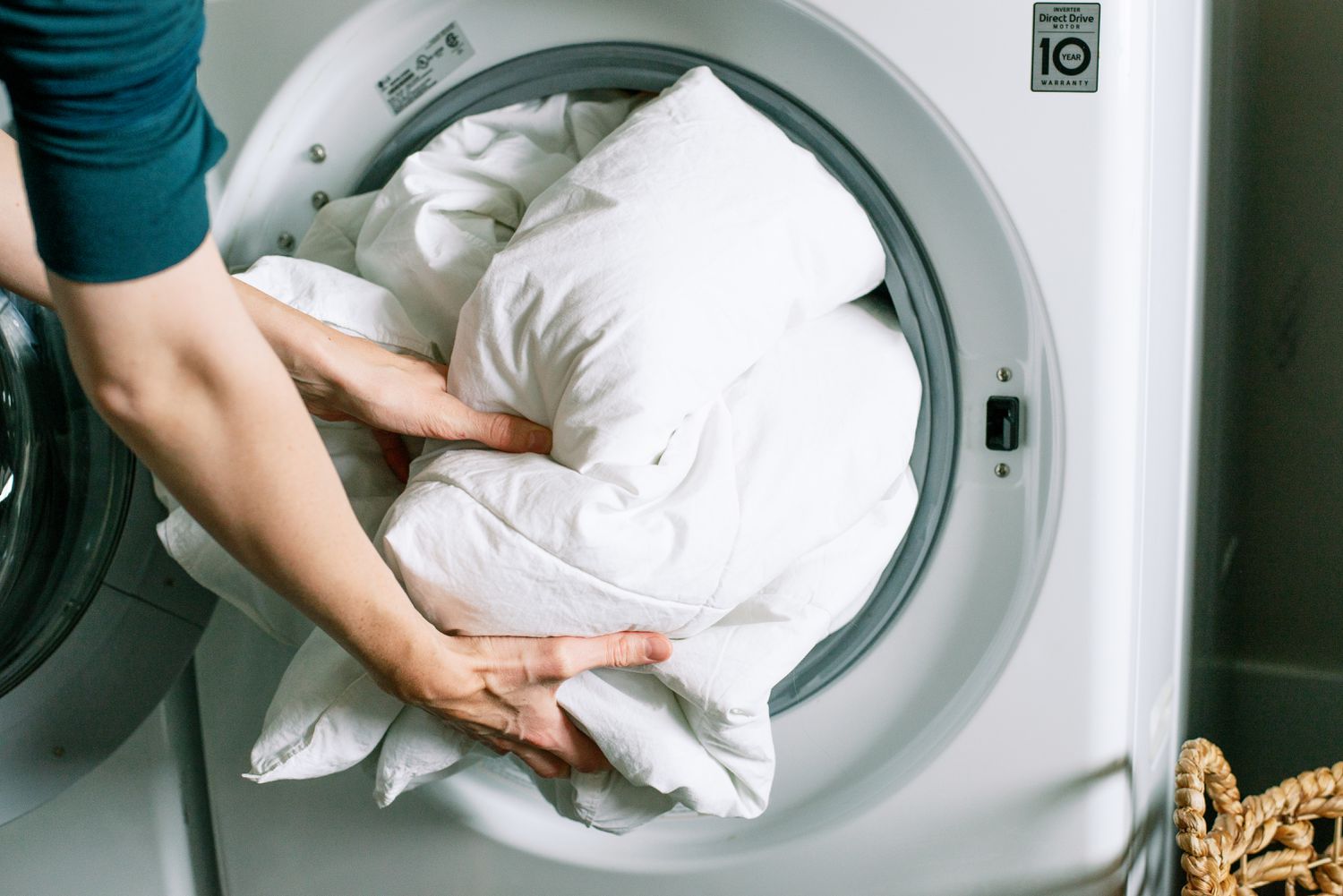
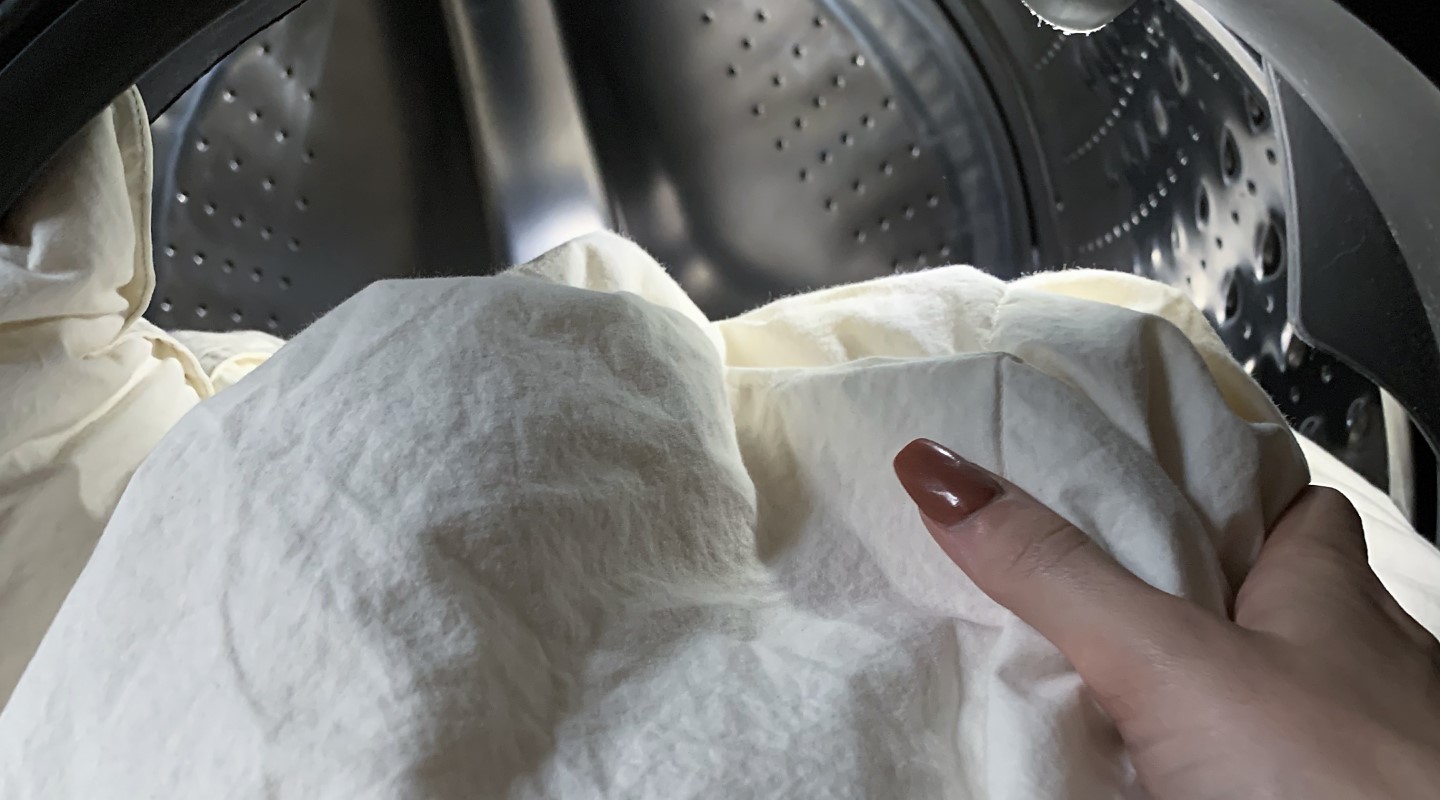


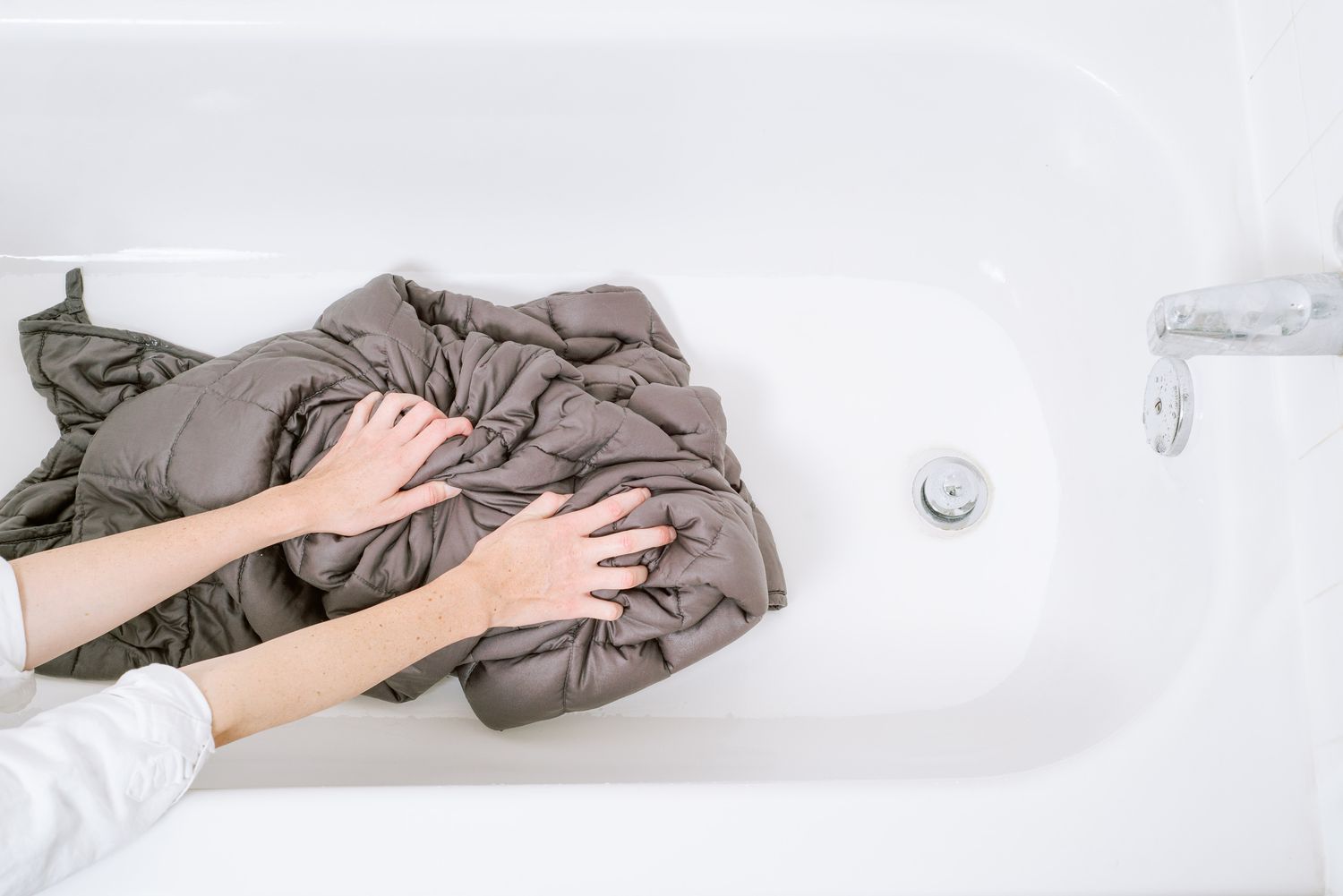
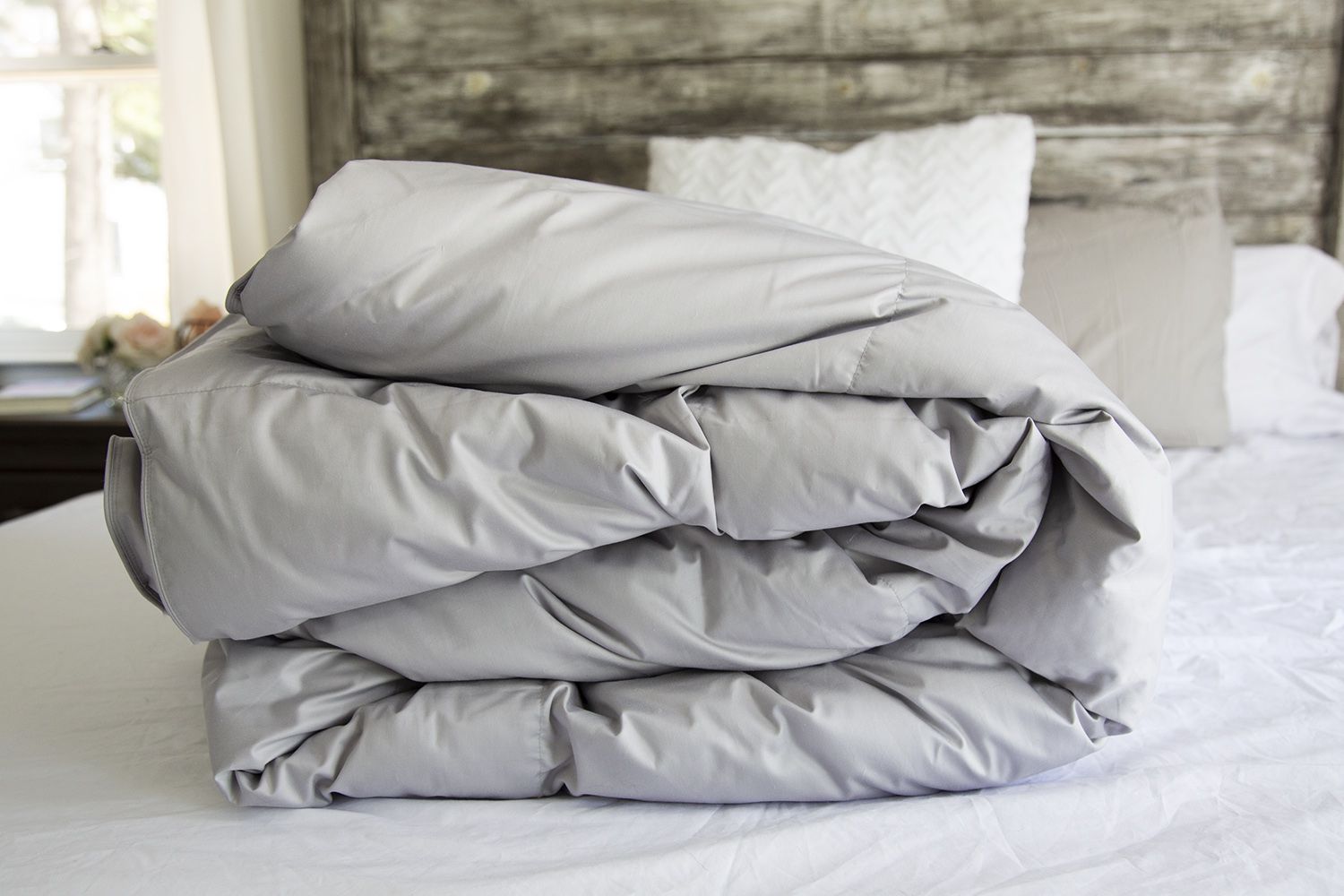
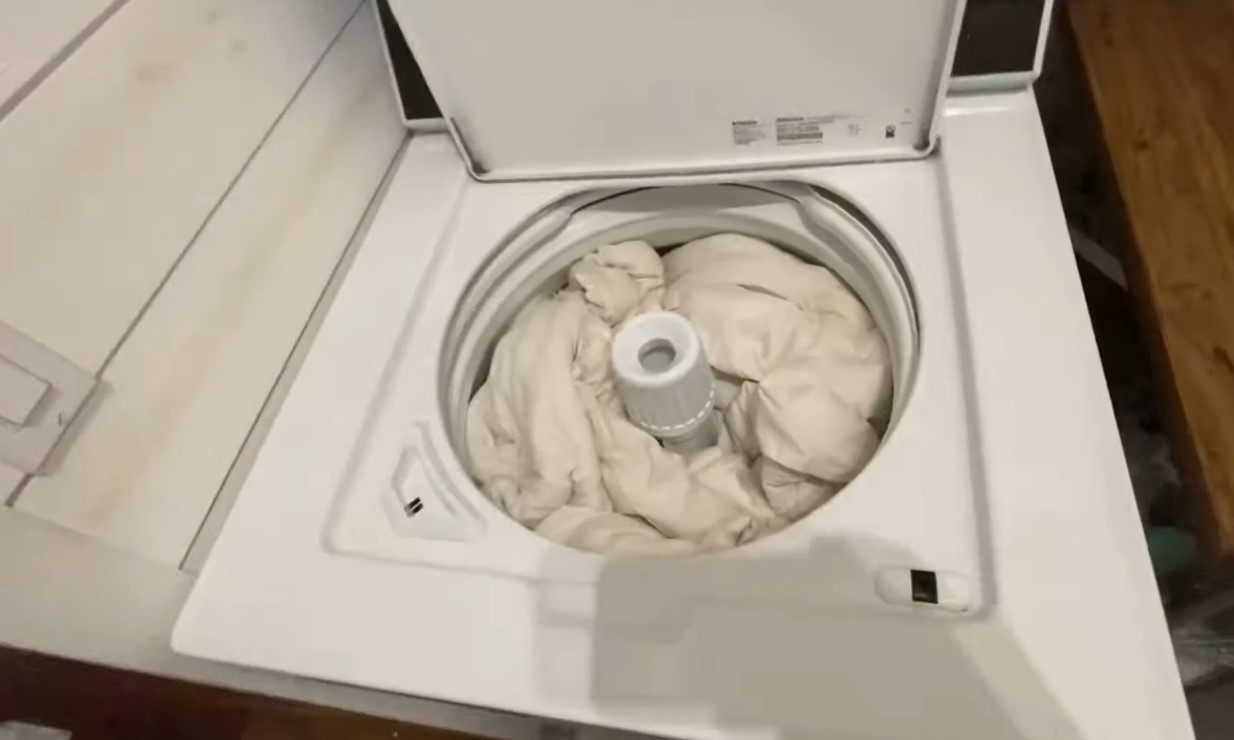


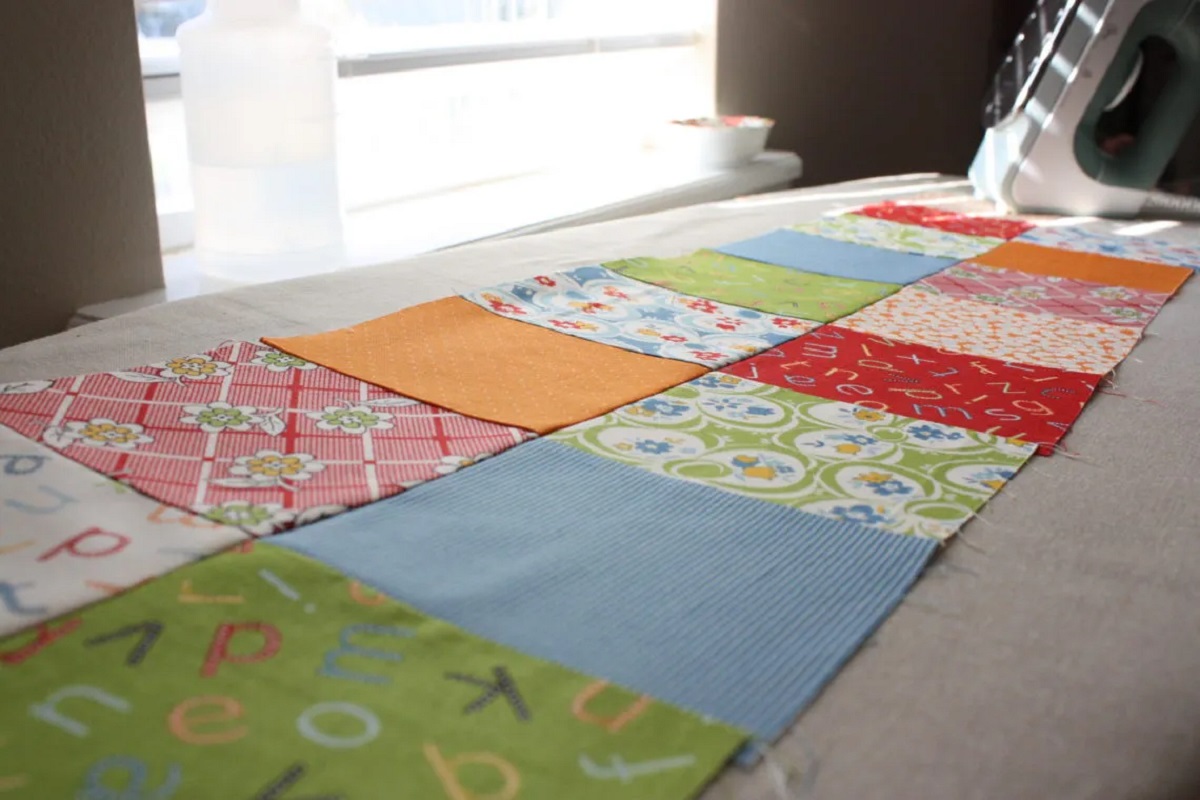


0 thoughts on “How To Wash A Quilt Comforter”